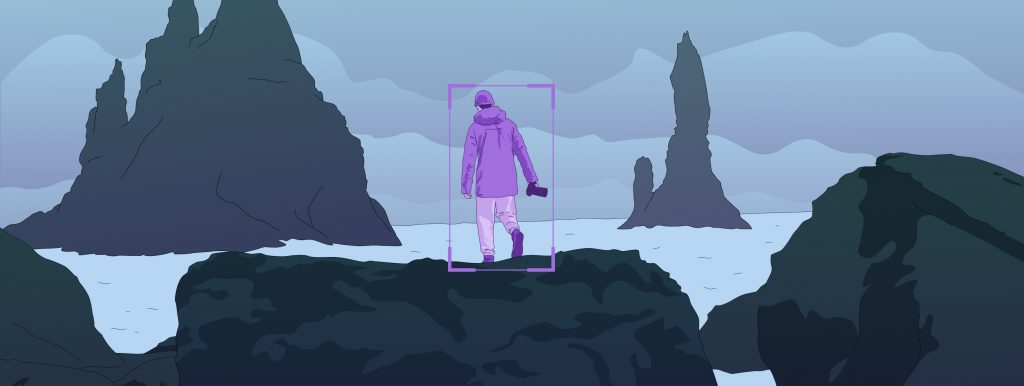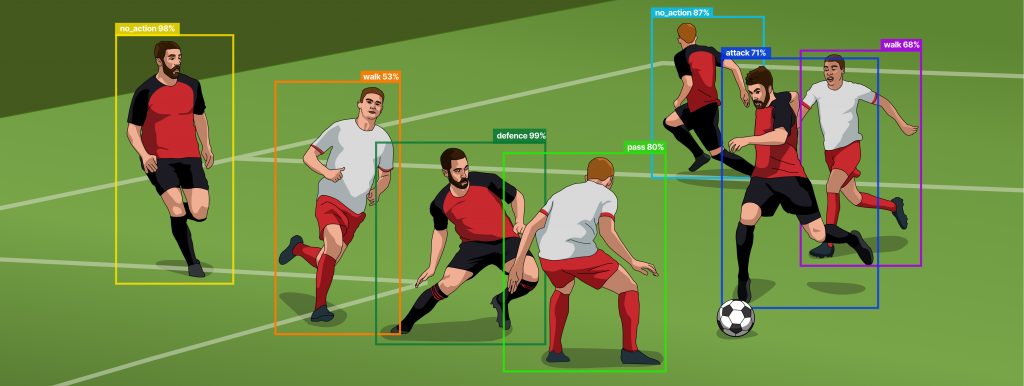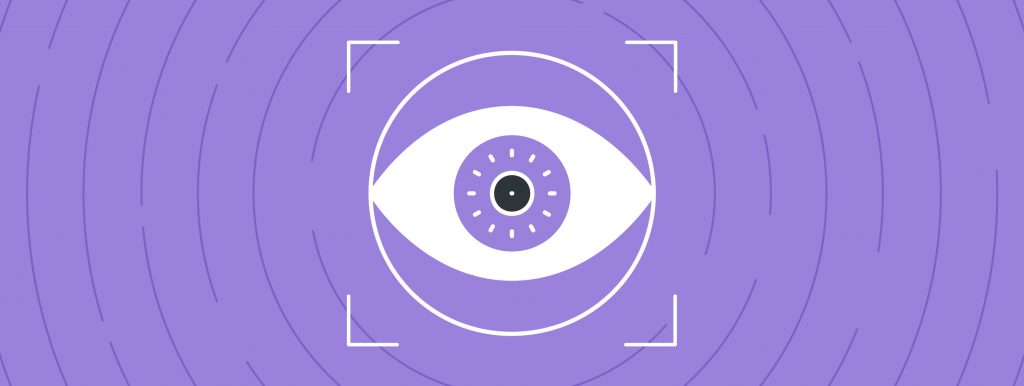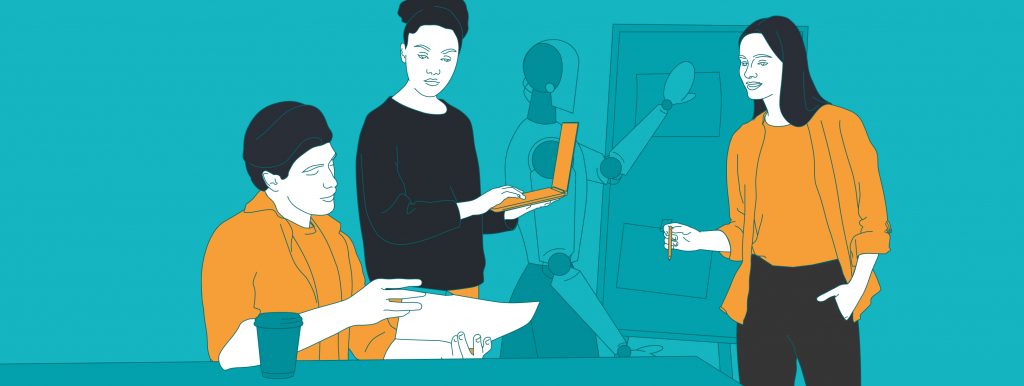Developing accurate reliable Computer Vision projects is a non-trivial task. Usually, clients come to us with a unique idea, accompanied by individual business characteristics: domain, scale, business process, and etc. So, these projects have a research nature: from the beginning, it could be unclear if the task is feasible.
Faced with these challenges of data projects’ implementation, we needed a workable Computer Vision framework. In any case, it should deliver a result for the client: a complete digital solution, core project feature, or even a conclusion to save resources and close the project. So, we started looking for the most effective methodology for running Computer Vision projects and have developed the special business DIET for our clients.
What is DIET, and why it’s not about nutrition?
We studied a few approaches about how to minimize the risks of data projects (for example, CRISP-DM, Microsoft TDSP, KDD), but it was just instructions without a detailed process, examples, and lifehacks. We’ve combined our experience with common standards and created our own Computer Vision framework, DIET: it includes a comprehensive description of every project stage and expected outcomes. Now, the Exposit’s local expression «to go on a DIET» is a synonym for a thrifty and careful approach to our clients and our reputation.
This approach to Computer Vision development helps to define and resolve the main uncertainties even at the consulting stage; there won’t be a situation when we leave any problems unresolved when the solution is implemented. In addition, it allows you to easily track the project’s status and get valuable outcomes at each stage thanks to the deep research step-by-step applying to your idea.
Let’s go further and transcript it.
D — Discovery
In the first stage, we ask questions about your business goals and requirements. It’s necessary because the main tasks here are understanding whether Computer Vision applies to your idea and identifying pitfalls that usually occur in data-driven projects.
From the beginning, you know how CV solution will impact your resources investment and profit because we explain a correlation between spending money, AI accuracy, and its economic effect. As a result, you get a dashboard where all the collected information is visualized: metrics, milestones, ideas, strategy, pitfalls, ballpark estimation, and so on.

I — Ideation
Based on your idea, our Data Engineers and Researchers gather instruments to implement it: frameworks, scientific research articles, and ready-made solutions. Primarily, we focus on methods for solving the most difficult points of the project, so we find public datasets and use them to make the first prototype. By diving deeper into your project, we determine which machine learning models achieve the desired business metrics and best fit into the company’s existing IT infrastructure. Then we prepare a prioritized solution backlog and roadmap with the exploration results.
E — Experiment
Unlike the Ideation stage, in the Experiment, we begin a series of hard tests with your data, investigating where models and algorithms produce the best and worst results; then, we improve it. The work with your dataset is critically important: thanks to it, we can better address your specific challenge and solve the main difficulties of the project here. So, we develop a core prototype based on the exploration showing the viability of our AI solution and the profitability of your idea.
“Why are the first three stages necessary? If the found pitfalls aren’t possible to solve, we don’t run the entire development cycle; we save the client’s resources. There won’t be a situation when we start a project, do it for a year, and then fundamental problems we can’t address start showing up. We don’t want to waste client’s money and time, as our reputation and future clients. So, from the very beginning, we resolve the trickiest tasks and then go to the development of the entire solution – it’s the most essential thing about our DIET framework.”
Kirill Lozovoi, Computer Vision and AI Jedi
T — Transformation
When we are sure that resources won’t be wasted, we begin to integrate a solution to the infrastructure. It includes bringing metrics to production, classic back-end and front-end development, deployment in your environment, and iterative improvements. In the outcome, you get implemented digital solution working with enough accuracy to provide significant profit for your business.
To go on DIET, or to DIE — how does it work?
As an example of Computer Vision Development through all DIET stages, we were engaged in a project with computer vision technology detecting signs of “drowsiness.” The client was a construction company. They turned to us with the problem: crane operators fall into a slumber, and it caused losses of building materials and accidents with builders. So, our task was to detect operators’ drowsiness and warn them about possible incidents.
Among the identified difficulties was the absence of an internet connection at an altitude. So, we needed to bring Jetson Nano mini-computers because the architecture depended on that. In the Ideation stage, we searched for available instruments; found videos with sleepy people, and defined that we could measure yawns, the distance between the eyes, and their position — the visual signs of drowsiness. It wasn’t a client’s data yet, but we have already shown that the challenge can be solved thanks to AI.

When the client was satisfied with the first results, we requested a video with a real crane operator — that means we brought the client’s data and applied instruments to it. Working with the client’s video was very important because it changes all project progress: the video could be blurred, night-shooted, and other difficulties could break the project. So, after our research and prototypes based on public and client data, the client understood the solution would be helpful: fewer building materials would be lost, and he would avoid accidents or even threats to life on the construction site.
If talking about resources saving, we had a client who wanted to measure the height of trucks and signal them to avoid crashing into railway bridges. We’ve done the research and found out we’ll be helpful only for scaling this idea. For the height measurement of one bridge, it was enough to put laser sensors, so a client decided to begin from it. The project was stopped, and a client spent his resources on essential for that moment things.
Trust us with your idea and get a valuable outcome
Thanks to the DIET, we now confidently drive you through the stages to the result, whether it is saving money, a critical feature that can already provide a benefit or a complete solution. Contact us if you have an idea for a Computer Vision project or some challenge where a CV solution would be helpful. We’ll dive deep into your domain and data, give a quick evaluation of necessary resources, and help you make a profit for your business.






